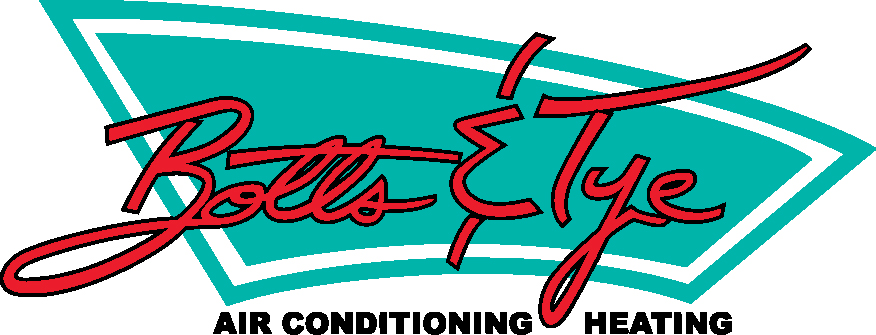Once the weather starts to cool off, you are probably thinking about how you’ll make the most of your heating and cooling. After all, HVAC costs routinely add up to a big portion of your monthly electric bill. To figure out new ways to lower their HVAC bill, some people look closely at their thermostat. Could there be a setting they can use to increase efficiency?
Most thermostats include both a ‘Fan’ or ‘Fan On’ setting. But if the fan is going during a normal cycle, what will the fan setting offer for an HVAC system? This guide will help. We’ll walk through precisely what the fan setting is and how you can use it to save money in the summer or winter.
My Thermostat Has a Fan Setting?
For the majority of thermostats, the fan setting means that the system’s blower fan stays on. Certain furnaces can operate at a low level with this setting, but in most cases heating or cooling isn’t being made. The ‘Auto’ setting, in contrast, will turn on the fan through a heating or cooling cycle and switch it off after the cycle is over.
There are pros and cons to switching on the fan setting on your thermostat, and the ideal option {will|can|should]] depend on your unique comfort preferences.
Advantages to using the Fan/On setting:
- You can keep the temperature throughout your home more uniform by permitting the fan to keep running.
- Indoor air quality should improve since constant airflow will keep forcing airborne pollutants through the air filter.
- Fewer start-stop cycles for the system’s fan helps extend its life span. Since the air handler is typically a component of the furnace, this means you might minimize the risk of needing furnace repair.
Drawbacks to switching to the Fan/On setting:
- A continuous fan will likely raise your energy bills somewhat.
- Nonstop airflow could clog your air filter in a shorter amount of time, increasing the frequency you should replace it.
Should My Thermostat Be on? Fan or Auto in Summer/Winter
Through the summer, warm air will sometimes persist in unfinished spaces such as the attic or an attached garage. If you leave the fan on, your HVAC system may pull this warm air into the rest of your home, forcing the HVAC system to work harder to maintain the set temperature. In serious heat, this may result in needing AC repair more regularly as wear and tear gets worse.
The reverse can occur during the winter. Cooler spaces such as a basement will hold onto cooler air, which will eventually flow into the rest of your home. Leaving the fan running may draw more cold air upward, increasing the amount of heating you need to remain warm.
If you’re still trying to determine if you should use the fan/on setting, don’t forget that every home and family’s comfort needs will vary. Leaving the HVAC system’s fan on may work for you if:
Someone in your household deals with allergies. Allergies and similar respiratory conditions can be hard on the family. Leaving the fan on can help to enhance indoor air quality, helping your family breathe easier.
Your home deals with hot and cold spots. Lots of homes deal with stubborn hot and cold spots that quickly shift to a temperature different from the rest of the house. The fan setting might help limit these changes by steadily refreshing each room’s airflow.
